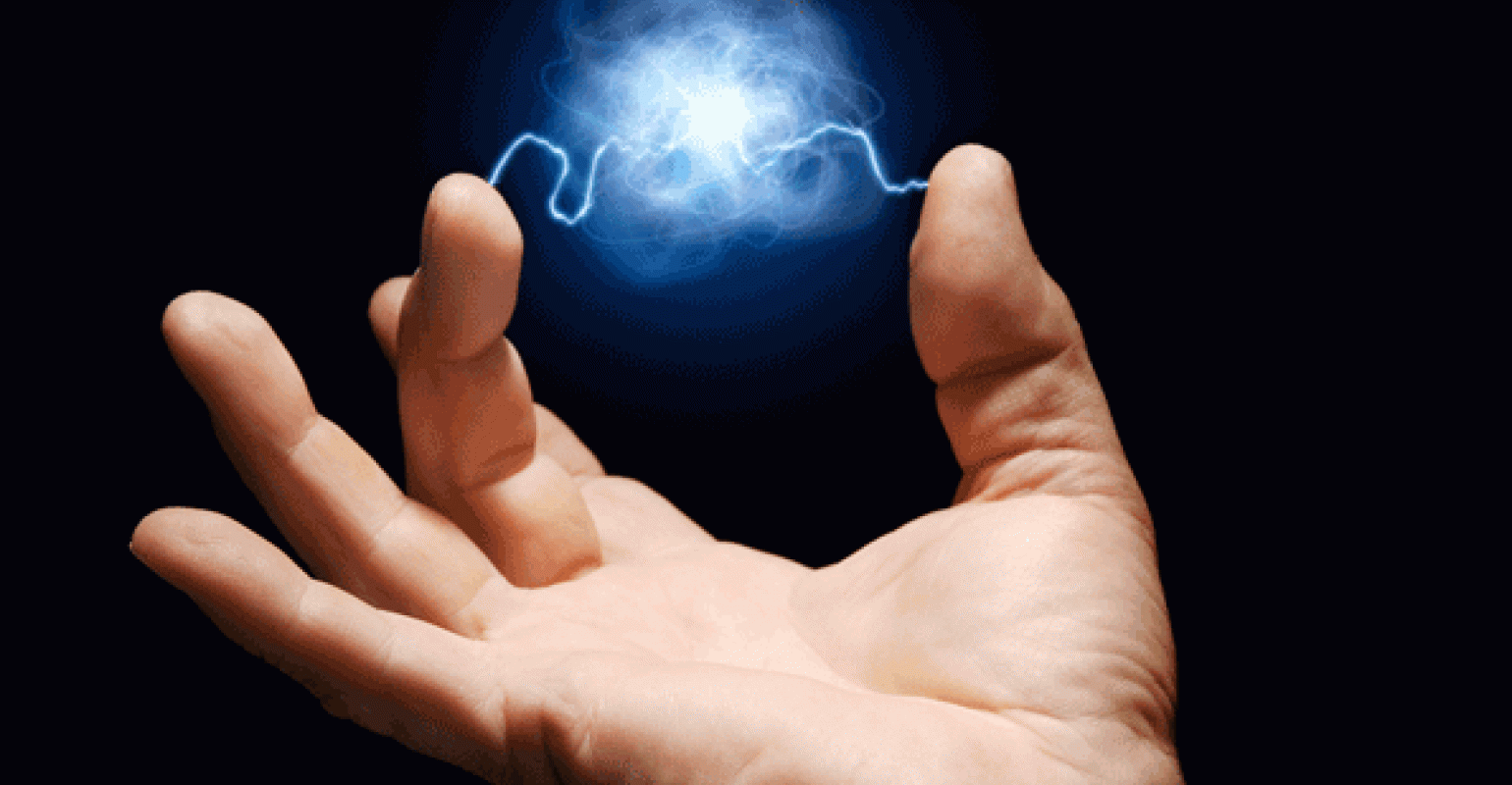
What is the difference between Static Shock and Electric Shock?
Over the past hundred years, electricity has evolved and adapted into a necessity which society cannot live without. We have become quite dependent on its uses; making it hard to escape, from flicking the kettle on in the morning to the powerful yet beautiful strikes of lightning during a storm.
Put simply, electricity is made through the burning of fuel. Australia uses either coal or a natural gas, which is burnt to heat water and create steam. This turns a turbine generating electricity, then travelling along the conductor wires, which we call powerlines, to the specified destination.
Although electricity is used every day, it can sometimes be harmful but also fun – being the core ‘ingredient’ to some experiments.
Static Shock
Static electricity, also known as electrical energy at rest, is the build-up of electric charge on a material. This charge is usually built up through friction, which is the contact between two objects which are both insulators.
One of the most common science tricks to create static shock is to rub a balloon against your hair, making your hair stand up on its ends.
Another example is to rub your rubber-soled shoes against the carpet and then touching a metal door knob, giving you a ZAP!
These things happen due to an imbalance in electrons in both objects, with one losing their electrons, creating a positive charge and the other gaining electrons, creating a negative charge.
A static shock isn’t harmful; it may be uncomfortable and cause a bit of a fright to the receiving personnel.


Electric Shock
An electric shock is the sudden discharge of an electrical current from an electrical source, like a power point, which has enough force to pass through a human body part. This electrical energy flows through the human body part, creating a shock type feeling which can cause little to no injury or can be life threatening.
There are some different ways which you can experience an electrical shock, including; faulty appliances, power points, damaged electrical cords, electrical appliances and water coming into contact, incorrect household electrical wiring, and also a lightning strike.
Electrical shock can have little external evidence that it has occurred, however the internal effects of receiving an electrical shock could be life threatening.
An electrical shock can cause burns, tingling, numbness, nerve damage, and even cardiovascular problems. Seeking advice from a health care professional is always advised after receiving an electrical shock, even if you feel ok.



The main difference between these two different but similar shocks, are the outcomes and the way which they are created.
Static shock is created through human effort and electrical shock is created through electrical means.
Static shock doesn’t give a harmful result and electrical shock can cause no to life threatening results.

No comment yet, add your voice below!